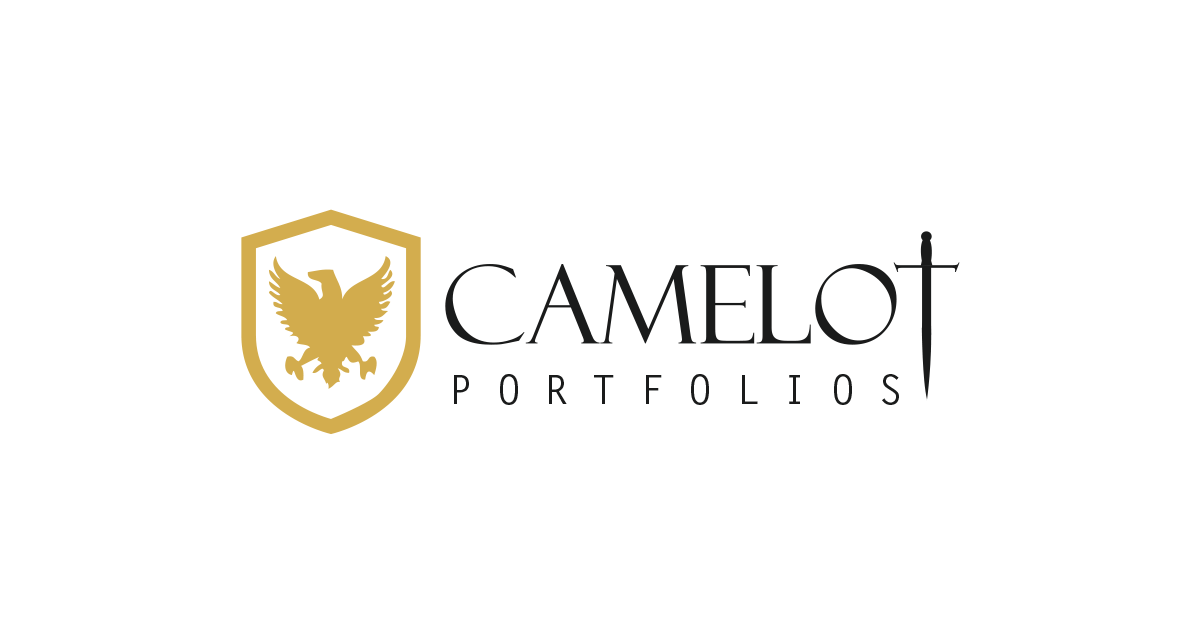Thinking about 2020
By Paul Hoffmeister
With the charts in this month’s client letter, we try to put into perspective where stocks and bonds might be headed in 2020, and what factors may influence them. The general narrative of the S&P 500 and the 10-year Treasury yield in recent years may be boiled down to this:
In 2017, the S&P 500 rallied in a relatively consistent fashion due primarily to the tailwinds of major deregulation and tax cuts. The rally was interrupted in 2018 in large part by concerns over the Fed raising interest rates too aggressively, and in small part by the onset of the US-China trade conflict. The major reversal in Fed policy in early 2019 was the major macro story and catalyst of the year, a Fed officials shifted from signaling in late 2018 the possibility of two or three rate increases during 2019 to actually reducing the funds rate three times. Negative news from US-China trade negotiations in 2019 briefly worried stocks, but not significantly. During the last four months of the year, we experienced what appeared to be a major confluence of positive developments: a phase 1 US-China trade deal, clarity in the UK political and Brexit outlooks, major Fed intervention in the repo market and signals that it might hold the funds rate steady for a prolonged period of time.
As for the 10-year Treasury yield, strong economic data and hawkish signals from the Fed throughout 2018 pushed the yield to as high as 3.23% by November of that year. But emerging evidence of slowing growth, weak equities and then ultimately a pivot in Fed interest rate policy led to a major decline in the 10-year yield in 2019. It ended the year at approximately 1.92%.
As we look forward, the tailwinds are arguably at the market’s back in early 2020, particularly if the Federal Reserve does not raise interest rates this year (which we believe it likely), and remains more concerned about downside risks to the global economy.
As we see it, the US economy has downshifted into a lower gear compared to 2018. But we believe that growth should remain positive near a 1-2% annual growth rate. Although in August 2019, it appeared that the US economy was slowly drifting toward 0% GDP growth or less, the steepening of the yield curve since then has signaled that a recession during the next year is increasingly unlikely. Arguably, the strong employment environment is keeping the US out of recession. With the national unemployment rate at 3.5% as of November 2019, according to the US Bureau of Labor Statistics, we would need to see unemployment rise to at least 4.0% for us to get worried about the economy falling into negative GDP growth.
As we see it, with so many positive tailwinds surprising markets in 2019 (dovish Fed interest rate policy and repo market interventions, a partial US-China trade deal, and Brexit clarity) leading to major equity market gains, it will be much harder for the S&P to replicate its 2019 returns this coming year. A 10%-12% return in the S&P 500 appears to be more likely. And if the Fed remains neutral in its rate policy outlook, the 10-year Treasury yield could end 2020 between 2.00% and 2.25%.
The biggest uncertainties of 2020 appear to be geopolitical and political. Will the US-Iran variable escalate significantly, following the killing of Quds Force Commander Qasem Suleimani? And who will win the US presidential election in November, and what party will control Congress?
I suspect we may have seen the climax in US-Iran tensions in the near-term, after their retaliation against US bases in Iraq on January 7th and, importantly, President Trump does not seem to be re-escalating. But, it’s worth considering worth case scenarios. Saddam Hussein’s invasion of Kuwait in August 1990 may be a useful precedent to review. In the months following the invasion, which of course led to a US-led coalition driving Hussein’s forces back toward Baghdad in January 1991, the S&P 500 fell almost 17%, gold rallied nearly 12%, and West Texas intermediate crude sky-rocketed almost 87%. Within this context, major market risks certainly exist should the US and Iranian militaries engage in all-out conventional warfare.
As for the political outlook, President Trump’s prospects to be reelected have risen steeply in recent months. Based on the Predictit betting market as of January 6th, the President had a 48% probability of winning in November, compared to 40% on October 9th. It’s hard to ignore the correlation between impeachment efforts and Trump’s improving chances during the last 90 days. Perhaps this is evidence of impeachment blowback, which arguably happened to Republicans in November 1998 after the Clinton impeachment events. Interestingly, the Democratic frontrunners today are former Vice President Joe Biden and Senator Bernie Sanders. Senator Warren prospects have seemingly plummeted in recent months, after taking relentless heat for her Medicare For All plans.
Neutral Fed policy may be the most important macro variable of 2020, which could allow stocks to continue drifting higher.
Neutral Fed policy could keep a “lid” on interest rates in 2020.
The inverting yield curve in summer 2019 suggested that the US economy was heading toward 0% GDP growth or less. The steepening curve since then is a relief.
Despite the steepening Treasury curve that may be signaling a lower probability of recession in the United States, the economy seems to be stuck in a lower gear at the moment. The heyday economy of 2017-2018 may have been squashed by higher interest rates and other major macro uncertainties, including the US-China trade row and Brexit concerns.
We aren’t worried about a recession occurring during the next year as long as the job market remains strong. Based on the Sahm Recession Indicator, we’d start getting worried if we saw the national unemployment rate jump to at least 4%, from the recent 3.5% level.
How much downside in the S&P 500 would there be if the United States and Iran engaged in an all-out conventional war? Impossible to predict. But the nearly 17% decline in the stock index in 1990 may be a useful precedent to consider.
Gold jumped nearly 12% as geopolitical uncertainty skyrocketed after Saddam Hussein’s invasion of Kuwait and a US-led military coalition was being assembled for war.
Oil seems to have had one of the most pronounced price reactions to the invasion of Kuwait and the lead-up to the first Iraq War.
Will President Trump be re-elected? According to Predictit betting markets, Trump is the clear front-runner to win the 2020 presidential election. Biden and Sanders are in a distant second and third place, respectively.
Paul Hoffmeister is chief economist and portfolio manager at Camelot Portfolios, managing partner of Camelot Event-Driven Advisors, and co-portfolio manager of Camelot Event-Driven Fund (tickers: EVDIX, EVDAX).
******
Disclosures:
• Past performance may not be indicative of future results. Therefore, no current or prospective client should assume that the future performance of any specific investment, investment strategy (including the investments and/or investment strategies recommended by the adviser), will be profitable or equal to past performance levels.
• This material is intended to be educational in nature, and not as a recommendation of any particular strategy, approach, product or concept for any particular advisor or client. These materials are not intended as any form of substitute for individualized investment advice. The discussion is general in nature, and therefore not intended to recommend or endorse any asset class, security, or technical aspect of any security for the purpose of allowing a reader to use the approach on their own. Before participating in any investment program or making any investment, clients as well as all other readers are encouraged to consult with their own professional advisers, including investment advisers and tax advisors. Camelot Portfolios LLC can assist in determining a suitable investment approach for a given individual, which may or may not closely resemble the strategies outlined herein.
• Any charts, graphs, or visual aids presented herein are intended to demonstrate concepts more fully discussed in the text of this brochure, and which cannot be fully explained without the assistance of a professional from Camelot Portfolios LLC. Readers should not in any way interpret these visual aids as a device with which to ascertain investment decisions or an investment approach. Only your professional adviser should interpret this information.
• Some information in this presentation is gleaned from third party sources, and while believed to be reliable, is not independently verified.











